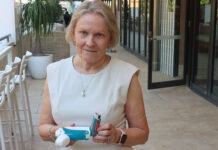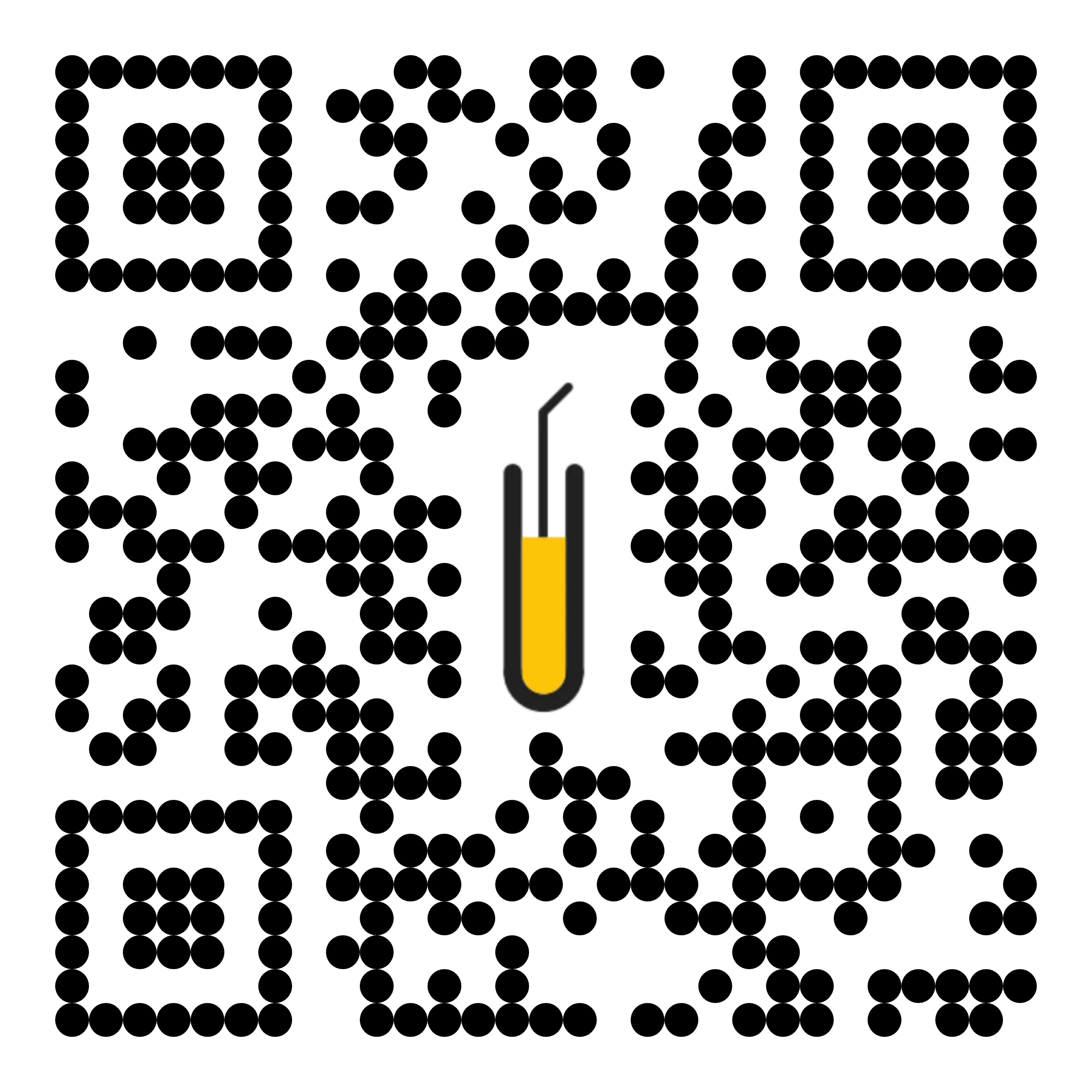The Australian Technical Advisory Group on Immunisation (ATAGI) 2025 statement paints a mixed picture.
While Australia has made important gains with new vaccines and national immunisation reforms, rising cases of pertussis, measles and mpox reveal how fragile protection can be when coverage falters.
Australian Pharmacist explores where progress has been made and where urgent focus is required.
1. Vaccination rates are declining across the board
An ongoing decline in vaccination rates has been identified among all children, adolescents and adults. The steepest and most troubling drop is in childhood vaccination rates at 12 months of age – reducing 3.2 percentage points since 2020. Coverage for children aged 24 months has also dipped below 90% for the first time since 2016. Coverage at 60 months is the highest milestone (92.7%) – indicating that catch-up vaccination is occurring.
Adolescent human papillomavirus (HPV) vaccination rates are also on a downward trend, sitting well below the 90% target at 81.1% in females and 77.9% in males for at least one dose of the vaccine at 15 years of age. Concerningly, the rates are even lower among Aboriginal and Torres Strait Islander people, sitting at 76.7% in females and 69.2% in males.
Uptake of COVID-19 vaccines fell sharply in 2024 across all adult age groups, with only a fraction (2.3%) of younger adults aged 18 to <50 receiving at least one dose of the vaccine. Among those most vulnerable to severe complications, patients aged 75 and older, the vaccination rate dropped from 52.3% to 36.5%.
ATAGI will track declining coverage for selected vaccines to inform additional control strategies, and monitor the effects of schedule changes on coverage and disease – such as the shift to a 1-dose HPV schedule in 2023.
2. Australia’s RSV vaccination campaign is world leading
In 2024, Australia became the first country to put a combined maternal and infant respiratory syncytial virus (RSV) immunisation program in place. Pregnant women were given free access to Abrysvo under the National Immunisation Program (NIP)
from 28 weeks gestation ahead of the 2025 RSV season. Monoclonal antibody nirsevimab is funded for infants under various state and territory arrangements to ensure protection for at-risk infants and/or those whose mother did not receive the vaccine during pregnancy.
These arrangements include:
- WA and QLD: universal access for all newborns and medically at-risk children
- NSW, ACT, TAS, NT: access for high-risk infants only.
Arexvy was also approved in January 2024 for use in older Australians aged 60 years and over, although it is not funded under the NIP.
Preliminary AusVaxSafety data show no major concerns around RSV vaccination so far. Among 2,400 adults aged 60 years and over who received Arexvy, less than 1% sought GP or emergency department care following vaccination. Abrysvo use was limited in 2024, with AusVaxSafety reporting commencing in 2025. However, in clinical trials pregnant patients and their infants had little to no difference in serious adverse events versus placebo, though ATAGI will continue real-world monitoring for selected outcomes as uptake grows . For infants, active surveillance of nirsevimab in New South Wales, Queensland and Western Australia during 2024 detected no safety signals, with ongoing monitoring planned.
It’s not yet known what impact this program has had on RSV infections or hospitalisations, but this will be a focus for ATAGI going forward – while also advocating for a harmonised infant/maternal program to ensure equity of access.
3. Pharmacists are now essential to NIP delivery
The introduction of the National Immunisation Program Vaccinations in Pharmacy (NIPVIP) on 1 January 2024 ushered in a major shift in vaccine access, with the policy designed to remove cost and convenience barriers.
Given pharmacies are highly accessible in terms of location and hours – embedding pharmacists as funded NIP providers in the community and care settings, improves reach to populations who may otherwise struggle to access vaccination services.
ATAGI is currently monitoring whether lowering these access barriers – including removing cost, extending reach into aged care and disability settings and leveraging pharmacy convenience – can curb declining coverage trends and improve uptake in under-served populations. This is key to the National Immunisation Strategy 2025–2030 with the aim of improving immunisation coverage through equitable access and confidence, building a wider vaccination workforce for Australia’s diverse populations.
4. Emerging and re-emerging diseases are causing ongoing threats
Cases of vaccine-preventable diseases that were once under control have spiked in recent years. Pertussis has rebounded dramatically, with 56,919 notifications in 2024 – 7.2 times the 5-year mean. The highest rates of whooping cough were detected in children aged 10–14 years, 5–9 years, and in infants under 12 months of age. There were also two infant deaths and three deaths of patients aged 65 years and over.
Measles cases also more than doubled between 2023–24 (57 reports versus 26 respectively).
Around 70% of these cases were acquired overseas and 30% were linked to imported cases in Australia, highlighting the risk when vaccine coverage is uneven.
Then there is the spread of emerging diseases such as mpox. When the virus first appeared in Australia in 2022, there were 144 case notifications. Following a decline in 2023 to 26 cases, mpox case notifications skyrocketed to 1,412 the following year, prompting expanded vaccination guidance for higher-risk groups.
These spikes show how quickly vaccine-preventable diseases can spread when coverage dips occur. ATAGI has committed to providing rapid, evidence-based advice for emerging and re-emerging vaccine-preventable diseases while using timely data to understand why coverage is falling and to recommend fixes.
To prepare for the next pandemic, the COVID-19 Response Inquiry Report outlined nine recommendations, including reviewing the vaccination claims scheme, sustaining long-term monitoring, developing a national strategy to rebuild vaccine trust and lift coverage and finalising the Australian Centre for Disease Control.
5. Expanding the vaccine pipeline
ATAGI highlighted a busy vaccine development pipeline, including combination mRNA vaccines designed to tackle multiple respiratory viruses in a single dose – such as influenza and COVID-19, and RSV and human metapneumovirus.
Vaccine manufacturers are also advancing:
- extended-valency pneumococcal vaccines, with some covering over 30 serotypes
- long-acting RSV monoclonal antibodies for infants
- candidate vaccines against group B Streptococcus and cytomegalovirus.
ATAGI is actively monitoring these vaccines to inform future policy once robust evidence on effectiveness, safety and program impact becomes available.













